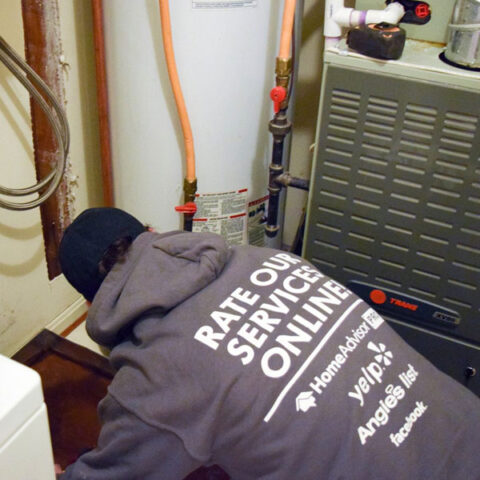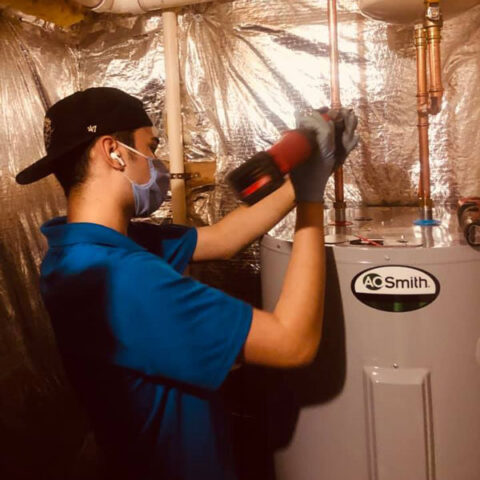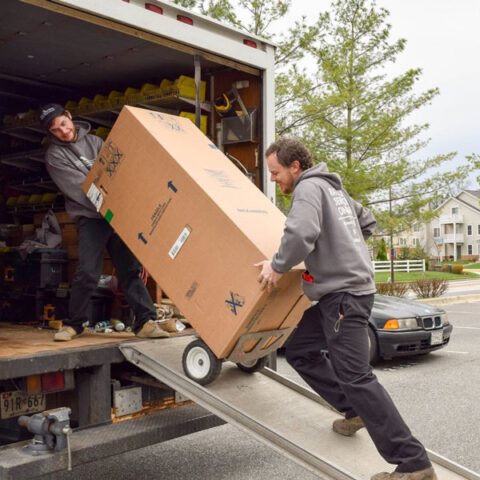Water Heater Service, Repair & Replacement
Comprehensive Water Heater Services
Speedy Water Heaters provides comprehensive water heater repair, replacement, and maintenance services in Anne Arundel and Howard Counties, MD. As a locally-owned and operated business, our licensed plumbers are able to work quickly to address all of your water heater needs. By combining fast and friendly service with fair prices, we’ve become one of the community’s most trusted water heater companies in the area. We know how important your hot water heater is to you and your family, and our professionals are here to ensure you get the service you need when you need it most. We offer same-day water heater replacement when you call before 10:00 AM. Contact us today to schedule your service.

Water Heater Service
On average, you can expect your water heater to last between eight and 12 years. The most affordable way to ensure you get the most out of your existing hot water heater with ongoing maintenance by a knowledgeable and experienced professional. We suggest having your water heater services at least once a year. As your tank reaches the end of its life, you may consider more frequent services. Maintenance allows our professionals to identify any issues with your water heater before repair service is required. Our maintenance service includes:
- Pressure Valve Check
- Flush the Tank
- Visual Inspection for Leaks and Drips
- Check the Anode Rod
- Adjust the Temperature

Water Heater Repair
You rely on your water heater for cooking and cleaning. However, when your water heater is broken, it can cause numerous issues and lead to rising energy costs. Luckily, our Master Plumber has over 25 years of experience repairing faulty water heaters. Whether you have a tankless or traditional water heater unit, you can count on us to repair it for you. You don't have to experience the inconvenience of a broken water heater. If you notice any of these issues, schedule a repair service:
- Inconsistent Water Temperature
- Water Leaking from Your Unit
- Banging or Screeching Noises
- Water Discoloration

Water Heater Replacement
Trust the experts at Speedy Water Heaters when your tankless or traditional water heater needs replacement, trust the experts at Speedy Water Heaters. We offer same-day water heater replacement when you schedule before 10:00 AM. We have access to some of the industry's leading brands for replacement. Signs that your hot water heater needs to be replaced include the age of the unit, low water pressure, or cold water coming from the faucet. We'll remove and haul away your old water heater system during your replacement.
Choose Us for Fast and Reliable Water Heater Services
Homeowners throughout the region rely on Speedy Water Heaters for fast and affordable water heater repair, service, and installation. Our Master Plumber has 25 years of experience providing comprehensive water heater services. No matter the make, year, or model of your water heater, you can count on us for exceptional service at an honest and reasonable price. Contact our plumbers today to schedule your maintenance, repair, or replacement.
